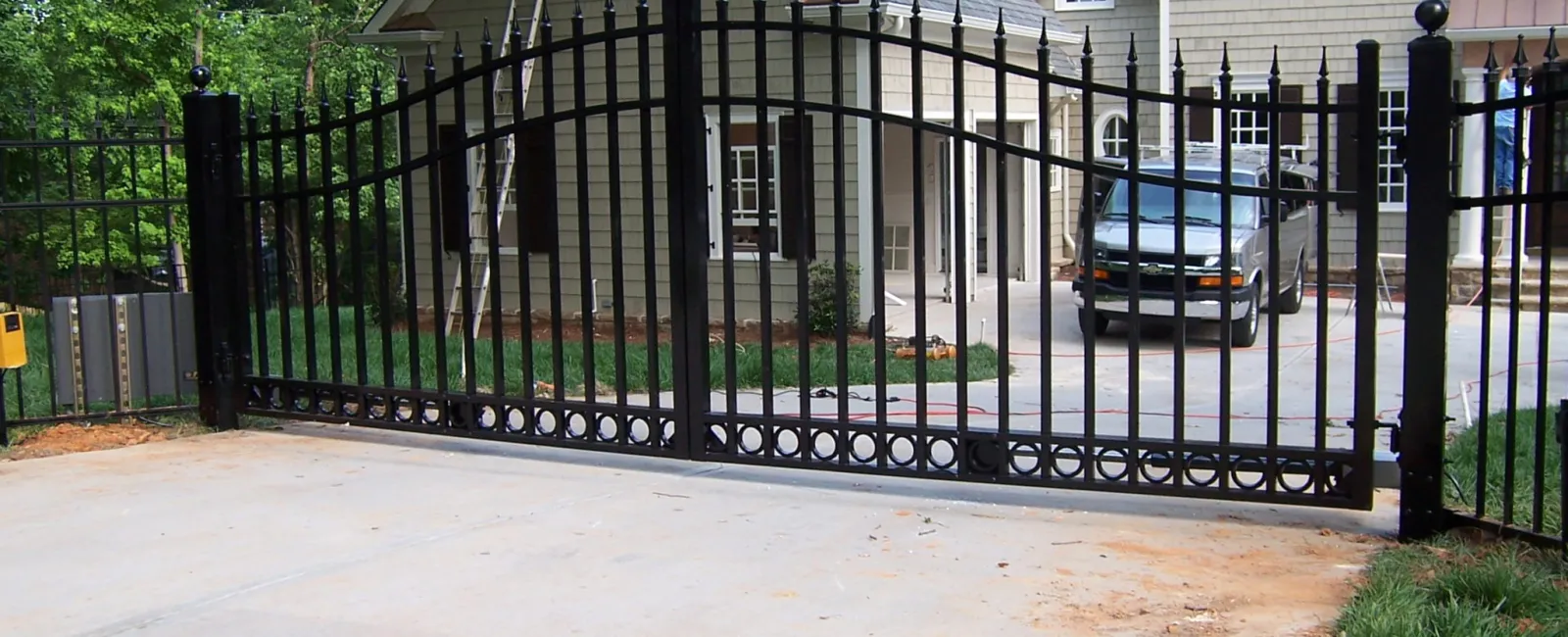You’ve decided to install a new fence. As with any home improvement project, planning is an essential first step when installing a new fence. A bit of research can save you a lot of hassle in the long run. There are a number of issues to address, from bureaucratic red tape to stylistic decisions, before that first post gets driven into the ground.
- HOA Restrictions: If you live in a neighborhood with a homeowner’s association, chances are they have regulations in place. These can include what type of fence to install and where to locate it. Be sure to check your HOA manual or give them a call prior to beginning.
- Property Lines: Consult your county’s plat map when planning your fence’s exact location. Make sure you’re not encroaching on anyone else’s property.
- Building Permits: Local ordinances and building codes often inform you of the size and style of fence you’re allowed to build. It’s important to get the proper permit before you invest both time and money in the project.
- Utility Concerns: Power, water and gas lines are frequently buried in residential housing areas. It’s essential to contact the relevant utility companies to determine those locations prior to digging.
- Good Fences Make Good Neighbors: Sometimes those neighbors might be willing to pool resources. Sharing the cost of establishing a physical boundary between your properties benefits both parties. Even if you will be solely responsible for the financial burden, it’s always a good idea to talk to the neighbors immediately around you before starting construction.
- Primary Purpose: Are you looking for privacy? Containment for pets and/or children? An extra layer of security? Aesthetic enhancement of your property? The reason you’re installing a fence helps determine both the style and materials that best suit your needs. Therefore, it’s important to understand your fence’s main function before settling on a design.
- Maintenance: Like every other aspect of your home, a fence is going to require at least some degree of maintenance in order to keep it looking its best. However, there’s a big difference in the amount of maintenance required depending upon the material you choose. Wood fences provide a classic look, but require the most upkeep. This is due to the tendency to crack, warp, and split, as well as ongoing painting and/or staining requirements. If you don’t want to spend that much time on maintenance, vinyl, aluminum and composite are all good choices. However, they can be more difficult than wood to repair if a section becomes damaged.
- Cost: It’s important to determine your budget before selecting a fencing type. There can be a wide range of prices depending on the type of material.
All of these questions and concerns can be daunting for homeowners – and that’s before the physical labor actually begins. Installing a fence takes time, skill, physical strength and often specialized tools in order to do it correctly. If you’re the handy type and are looking to install a basic wood fencing style on a level lot, the project should be straightforward. However, if you have uneven topography, plan to install aluminum or steel fencing, or have special considerations like electronic gates, it’s almost certainly in your best interests to contact a professional.


